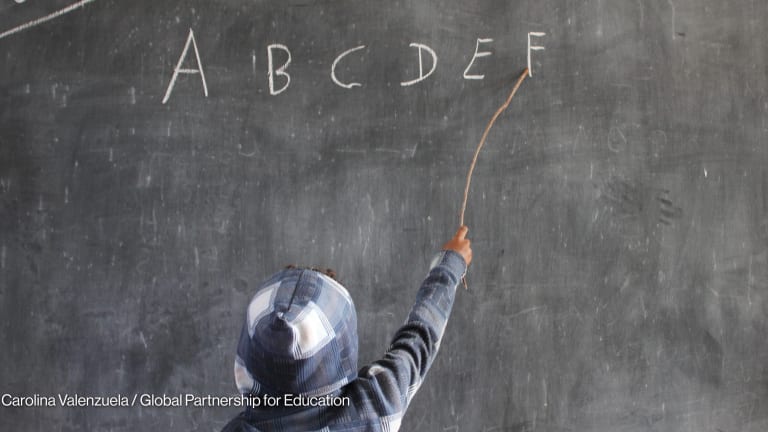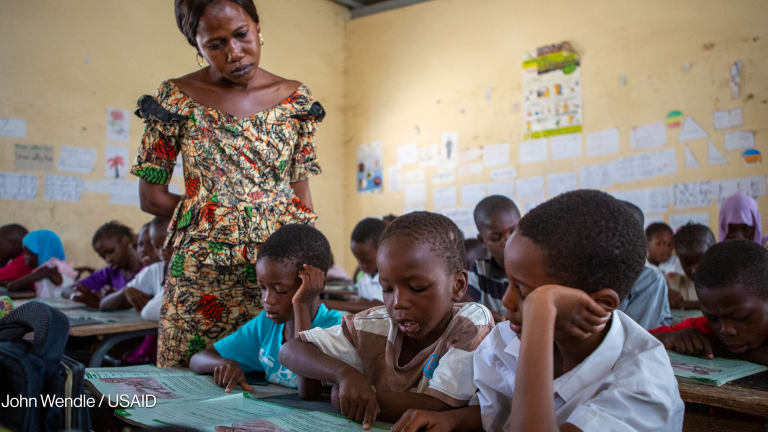At least 58 million children worldwide are still out of school. The international development community knows very well that educating children — especially girls — is one of the most impactful development interventions, with benefits for health, the economy and stability. Yet despite this need, UNESCO reported this year that donor countries have reduced official development assistance for education by 10 percent since 2010.
The Global Partnership for Education is the only multilateral and multisectoral partnership devoted to the mission of “galvanizing and coordinating a global effort to deliver a good quality education to all girls and boys, and prioritizing the poorest and most vulnerable.” Since it was established in 2002, GPE partners have helped to get nearly 22 million more children in school, including 10 million girls. In 2011, 72 percent of girls in GPE partner countries finished primary school, compared to just 55 percent in 2002.
In late June, the GPE held its second replenishment pledging conference in Brussels, where it was a pleasant surprise to note that developing country partners committed to investing $26 billion over the next four years, $10 billion more than expected. The bad news, however, is that donor partners pledged only $2.1 billion — 40 percent short of their target.








